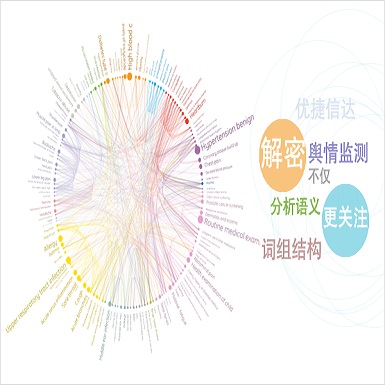In this paper, we investigate whether symbolic semantic representations, extracted from deep semantic parsers, can help reasoning over the states of involved entities in a procedural text. We consider a deep semantic parser~(TRIPS) and semantic role labeling as two sources of semantic parsing knowledge. First, we propose PROPOLIS, a symbolic parsing-based procedural reasoning framework. Second, we integrate semantic parsing information into state-of-the-art neural models to conduct procedural reasoning. Our experiments indicate that explicitly incorporating such semantic knowledge improves procedural understanding. This paper presents new metrics for evaluating procedural reasoning tasks that clarify the challenges and identify differences among neural, symbolic, and integrated models.
翻译:在本文中,我们调查从深层语义剖析器中提取的象征性语义表述是否有助于在程序性案文中对所涉实体的州进行推理。我们认为,深度语义剖析和语义作用标签是语义剖析知识的两个来源。首先,我们建议PROPOLIS,一个基于基于象征性的划线程序推理框架。第二,我们将语义剖析信息纳入最先进的神经模型,以进行程序推理。我们的实验表明,明确纳入这种语义学知识可以改善程序理解。本文提出了评估程序推理任务的新指标,以澄清挑战并确定神经、象征和综合模型之间的差异。





